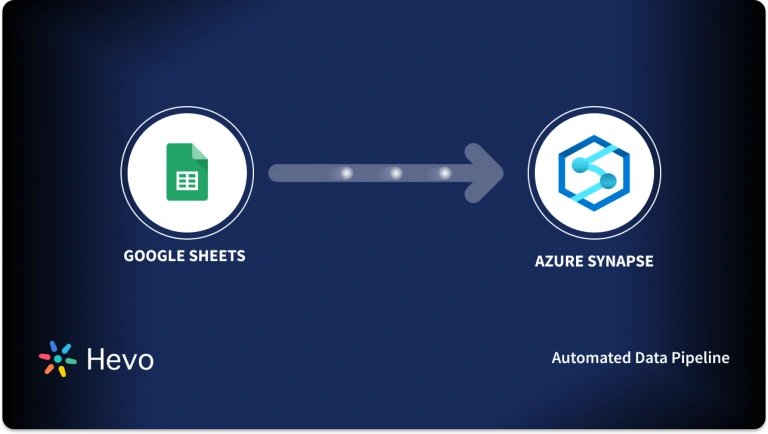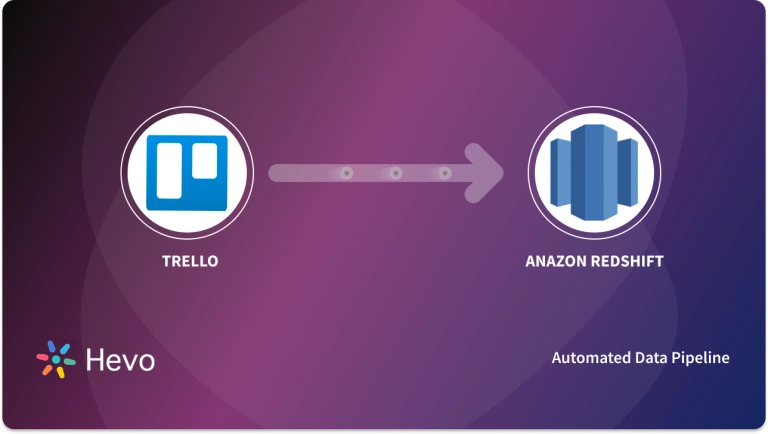Enhance your data with colorful graphs and charts, and save time with built-in formulas, conditional formatting, and pivot tables. Get a head start with pre-built spreadsheets for schedules, budgets, and more, simplifying your tasks and making your life easier.
Utilize this Kanban-style, web-based list-making application by Atlassian to visually organize your team’s tasks, improving productivity and organization.
Explore the features and benefits of Trello and Google Sheets, followed by step-by-step instructions on how to connect Google Sheets to Trello.
Table of Contents
Introduction to Google Sheets
Google Sheets is a Spreadsheet program, offered by Google as a part of their Google Docs Editor suite. This suite also includes Google Drawings, Google Slides, Google Forms, Google Docs, Google Keep, and Google Sites.
Hevo is a no-code data pipeline platform that supports Google Sheets and Trello as Sources. Its intuitive User interface ensures that data integration is simple and that the pipeline is set up in minutes.
- With its robust transformation capabilities, Hevo ensures that your data is always ready for analysis.
- Hevo’s cost-efficient pricing makes sure you only pay for what you use.
- Its fault-tolerant architecture ensures your data is always secure and there is no data loss
Try Hevo for free today to experience seamless migration of your data!
Get Started with Hevo for FreeIntroduction to Trello
Trello has etched a name for itself in the market as a collaboration tool that can organize your projects into boards. Trello lets you know who’s working on what, what stage a task is in a process, and what’s being worked on in a single glance.
Why You Should Connect Google Sheets to Trello
Connecting Google Sheets to Trello can simplify your workflow and improve productivity. Here’s why it’s beneficial:
- Streamlined Task Management: Automatically sync data from Sheets to Trello to keep your tasks updated without manual effort.
- Better Collaboration: Share live data from Sheets across your Trello boards, ensuring your team stays on the same page.
- Enhanced Project Tracking: Use Google Sheets to analyze project data and visualize progress while managing tasks in Trello.
- Time-Saving Automation: Automate repetitive tasks like updating Trello cards with data from Google Sheets.
- Custom Workflows: Build workflows tailored to your team’s needs by integrating Sheets’ flexibility with Trello’s task management.
Steps to Connect Google Sheets to Trello using Smart Import Power Up
1. Export Google Sheets as a CSV
A Google Sheets spreadsheet can be exported in multiple formats such as PDF, HTML, Text, and CSV.
- Step 1.1: To begin the Google Sheets to Trello set-up process, you first need to export your data as a CSV file from Google Sheets.
- To do this, select File > Download followed by choosing a file type.
- Here the file type would be Comma-separated values (.csv, current sheet).
- Step 1.2: Next, you can either choose to open or save to finish this step of connecting Google Sheets to Trello.
2. Moving Cards into Your Boards from CSV Files
- Step 2.1: In this step of connecting Google Sheets to Trello, You can now import data from Excel and CSV files by using the Smart Import Power-up developed by Codeshine for Trello.
- Apart from enabling imports from CSV and Excel files it also allows you to review the cards before adding them, importing data into custom fields, choosing where imported cards should be added, and mapping card fields with source file columns.
- Step 2.2: Custom Fields can be enabled by opening the Board Menu on the right side of the page and choosing the Power-Ups menu option.
- You can find the Custom Fields under the Board Utilities category in the Power-Ups directory.
- Once the Power-Up is enabled for the board, you can click on the Custom Fields button on the back of a card to add a new field.
- Type specifies the type of input that can be entered for the field. You can choose from “Dropdown”, “Number”, “Text”, “Checkbox”, or “Date”.
- Name is the name of the field. The upper limit for a field name is 25 characters in length. Apart from this, you can also leverage the Trello API to ensure full programmatic control over the import process.
Benefits of Google Sheets Trello Integration
- Centralized Information: Combine Trello’s task management with Sheets’ data storage to keep everything in one place.
- Improved Accuracy: Reduce errors by syncing updates automatically between Google Sheets and Trello.
- Real-Time Updates: Ensure your team gets the latest information instantly without manual updates.
- Custom Reporting: Use Google Sheets to create detailed reports and dashboards based on Trello data.
- Increased Flexibility: Adapt the integration to fit various use cases, from inventory tracking to project timelines.
- Simplified Workflows: Integrate both tools to eliminate the need for switching between apps, saving time and effort.
You can also take a look at how you easily Import Excel to Trello and also the step-by-step process of Google Sheets to REST API Integration.
Conclusion
- This blog talks about the different features and benefits of Trello and Google Sheets before talking about the different steps involved to connect Google Sheets to Trello.
- Extracting complex data from a diverse set of data sources can be a challenging task and this is where Hevo saves the day!
You can now transfer data from sources like Google Sheets to your target destination for Free using Hevo!
Sign up for a 14-day free trial and simplify your data integration process. Check out the pricing details to understand which plan fulfills all your business needs.
Frequently Asked Questions
1. Can you integrate Google Sheets with Trello?
Yes, you can integrate Google Sheets with Trello using third-party tools like Zapier or native Power-Ups to automate workflows and sync data.
2. Can you import a spreadsheet into Trello?
Yes, Trello allows you to import spreadsheets by converting rows into cards using tools like Trello’s Import feature or third-party integrations.
3. Does Google have a Trello equivalent?
Yes, Google Workspace offers Google Tasks and Google Keep for task management, but they are simpler compared to Trello’s advanced features.










